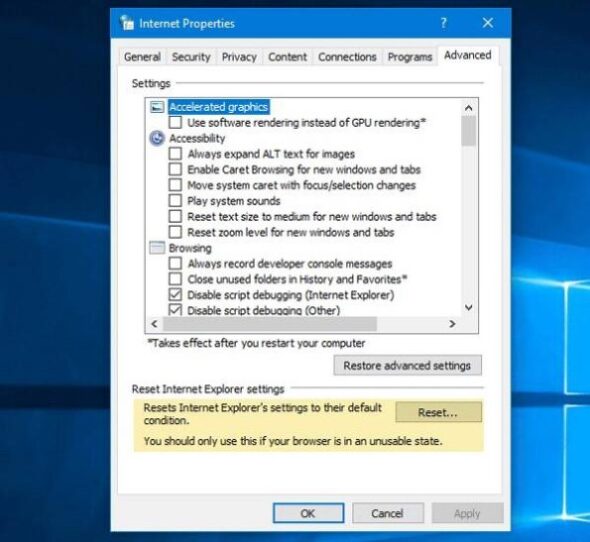As e-commerce scales and product-based businesses evolve, the challenge of product returns grows not just in volume, but also in complexity. Managing hundreds or even thousands of product returns can quickly become overwhelming unless you have a robust system in place. One of the critical tools for managing high-volume returns is a clean and intuitive Return Merchandise Authorization (RMA) process. And when returns are done in bulk, the RMA form needs to rise above the clutter and confusion that typically clouds such systems.
Why Bulk RMAs Matter More Than You Think
Imagine a small business that suddenly scales due to an explosion in online sales. With success comes a new challenge: returns from hundreds of customers each week. Without a clear and scalable returns process, a company can become bogged down in endless email threads, Excel sheets, and frustrated customers. A bulk RMA form helps streamline this by allowing customers or internal teams to process multiple items at once, saving both time and resources.

However, managing returns at scale is not just about volume. It’s about clarity, simplicity, and control. A confusing returns process can hurt your brand, eat up customer service hours, and even damage your relationship with critical clients or distributors. A well-designed bulk RMA form is like a backstage pass to making the chaos orderly.
What Makes an RMA Form Confusing?
Before we talk about how to design a streamlined and efficient bulk RMA form, it’s important to understand what makes so many of them frustrating to use in the first place:
- Too much information: Forms that try to capture every single data point often overwhelm users.
- Inconsistent formatting: Poor field structure, improper alignment, and non-intuitive layouts make forms unreadable and unusable.
- Lack of guidance: Users aren’t walked through the process, leading to mistakes and omissions.
- No integration: Manual steps and forms that don’t connect with backend systems delay the return processing workflow.
Simply put, confusing RMA forms cost more than lost time—they cost revenue, loyalty, and reputation.
Principles of a Clear and Scalable Bulk RMA Form
Creating a bulk RMA form that doesn’t confuse users requires attention to user experience, data alignment, and backend compatibility. Here are some principles to live by:
1. Use Grouped Data Fields
Bundle related fields together. For example, group product SKU, quantity, serial number, and return reason in one block. This helps users focus and ensures full details for each item are captured.
2. Incorporate Smart Dropdowns Instead of Text Fields
Allow users to select return reasons from standardized options. Text fields should be used only when necessary, such as for additional notes.
3. Include Clear Instructions
Use tooltips and inline guidance to explain what each field expects. Even seasoned employees and business clients can make mistakes without straightforward prompts.
4. Offer File Upload Options
Let customers upload CSV or Excel files with all necessary data, particularly when they are returning dozens—or hundreds—of items. Then, use automation to map that data into your system appropriately.
5. Give a Timeline or Status Tracker
Visibility is power. Customers should see whether their request has been received, when it’s expected to be processed, and any key updates along the return journey.

Tools That Elevate the Bulk RMA Experience
Creating a usable RMA form begins with your toolkit. Whether you’re crafting the form manually or integrating with a third-party system, consider platforms that enable:
- Custom Field Logic: Showing or hiding fields depending on previous choices ensures users don’t see irrelevant details.
- API Integration: Connect returns directly to inventory and ERP systems for real-time updates.
- Form Analytics: Track where users drop off or make errors to optimize in future iterations.
- Bulk Barcode Scanning: Enable businesses to scan multiple product barcodes quickly into the form interface.
These tools help you move beyond just collecting data—they allow you to create real workflows and responsive systems based on the customer and product data you receive.
The Human Side: Communicating Clearly
A huge part of making bulk returns manageable is shedding the overly technical jargon. If your customers or B2B partners struggle to understand how to fill in your form, your process still has room for improvement.
Some communication tips:
- Use layman’s terms wherever possible without sacrificing accuracy.
- Offer visual examples of a completed form.
- Provide real-time chat support during form submission hours, if feasible.
Automation: The Unsung Hero of Bulk Returns
Even a beautifully designed bulk RMA form can only take you so far without automation. Here’s where smarts can beat scale:
- Auto-populate compliance fields based on product SKU or order number.
- Use conditional approvals to instantly approve returns from known accounts or trusted partners.
- Integrate with your shipping partner to automatically generate return labels.
These automation steps reduce human involvement—especially beneficial when processing hundreds of RMAs per day.
Real-World Case Study: A Growing Retailer
Consider the case of a mid-sized apparel retailer scaling from 20 to 500 returns a week. Initially reliant on emails and spreadsheets, they introduced a structured bulk RMA form linked to their order management system. The result? They reduced average return handling time by over 60% and improved customer satisfaction scores significantly.
More importantly, employees were freed to focus on complex cases instead of spending hours rechecking sizes, style codes, and refund amounts.

Beyond Returns: Data as Opportunity
An often-overlooked advantage of using structured, scalable RMA forms is the data they provide. When return reasons are standardized and accessible, you can spot product defects, high-return rate SKUs, or shipping issues in real time. That’s not just efficiency—that’s business intelligence.
Moreover, with better return data, companies can reverse-engineer product designs, adjust inventory allocation, and even tailor marketing messaging to reduce future returns.
Designing for the Future
Returns are a fact of life in modern commerce, not a nuisance. Systems that treat returns as integral parts of the user journey—rather than afterthoughts—are better positioned to scale sustainably. Your RMA forms aren’t just admin tools; they’re brand experiences, operational leverage, and data goldmines.
By focusing on well-structured, automated, and user-friendly bulk RMA forms, your business turns one of the most dreaded aspects of commerce into a well-oiled feedback loop for efficiency and growth.
Final Thought: In the world of scale, clarity is king. Don’t just make your return process bigger—make it smarter.




